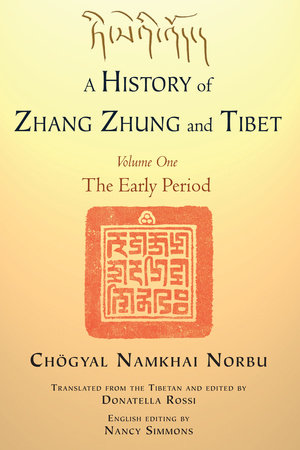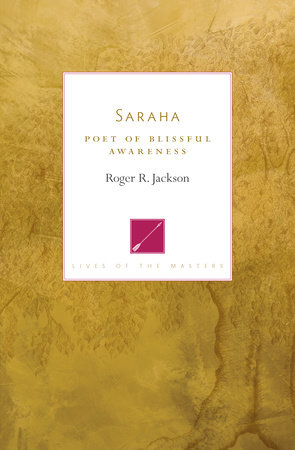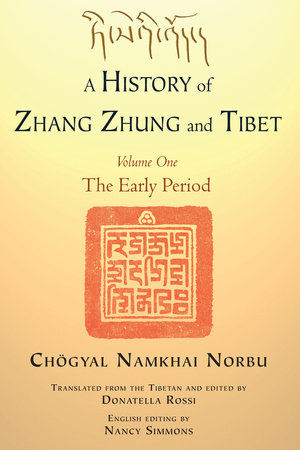

A History of Zhang Zhung and Tibet, Volume One
By Chogyal Namkhai Norbu
Edited by Donatella Rossi and Nancy Simmons
Translated by Donatella Rossi
By Chogyal Namkhai Norbu
Edited by Donatella Rossi and Nancy Simmons
Translated by Donatella Rossi
By Chogyal Namkhai Norbu
Edited by Donatella Rossi and Nancy Simmons
Translated by Donatella Rossi
By Chogyal Namkhai Norbu
Edited by Donatella Rossi and Nancy Simmons
Translated by Donatella Rossi
Category: Religion | Asian World History
Category: Religion | Asian World History

-
$19.95
May 14, 2013 | ISBN 9781583946107
-
May 14, 2013 | ISBN 9781583946268
YOU MAY ALSO LIKE
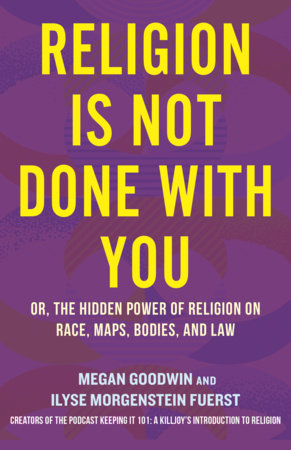
Religion Is Not Done with You
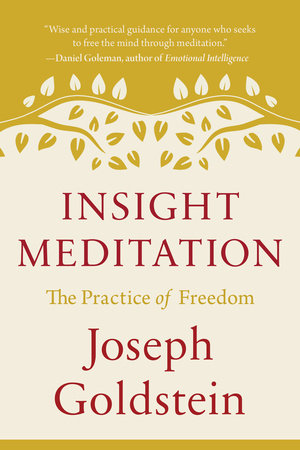
Insight Meditation

Mysticism
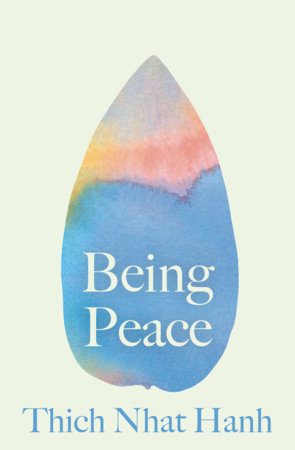
Being Peace
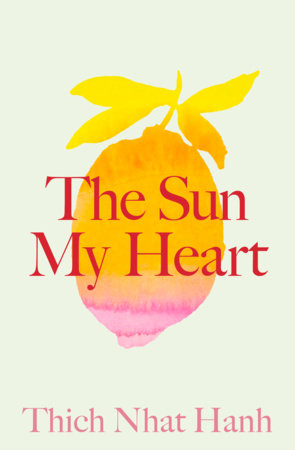
The Sun My Heart

Black Joy Playbook
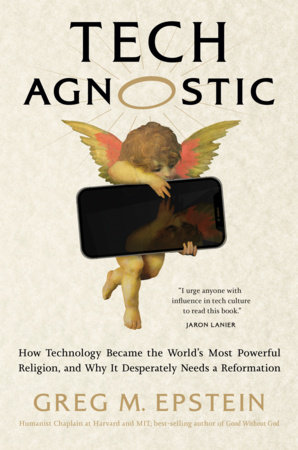
Tech Agnostic

Do It Anyway Devotional
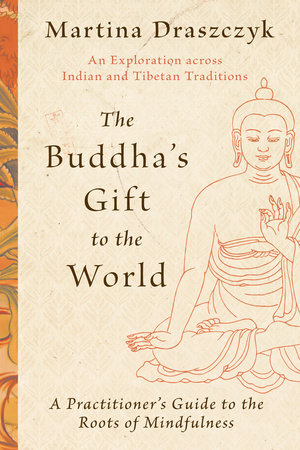
The Buddha’s Gift to the World
Praise
“Chögyal Namkhai Norbu is one the foremost masters of Tibetan religions and recognized as a teacher and scholar. This book demonstrates his profound knowledge of Tibet’s antiquity and shows the complex and sophisticated tradition of the Zhang Zhung civilization that flourished on the Tibetan plateau in ancient times.”
—Tsering Shakya, PhD, Canadian research chair in religion and contemporary society in Asia at the Institute of Asian Research, University of British Columbia
“Scholars and students of early Tibet will welcome the publication in English of this first volume of Chögyal Namkhai Norbu’s trilogy on the history of Zhang Zhung and Tibet. Accurately and carefully translated by Donatella Rossi, this book draws on a wide range of Bon sources and chronicles that shed light on the creation mythology, geography, lineages, and cultural legacy of ancient Zhang Zhung.”
—Gyurme Dorje, leading Tibetan scholar, translator, and author
“Using traditional sources in an original way, this work paints a fascinating picture of the history and culture of the Zhang Zhung kingdom of early Tibet.”
—Sam van Schaik, PhD, Tibetologist and research project manager for the International Dunhuang Project (IDP) at the British Library
“For many of us in the academic community who have been trying to keep a pulse on the phenomenon of Zhang Zhung, it’s a relief that scholarly opinion is finally starting to shift from the previously standard view that the period of Songtsen Gampo’s reign – when Buddhism was beginning to be introduced – defines the roots of much of Tibetan culture. It is now fairly clear that, to the contrary, much of what makes Tibet “Tibetan” – for example, an emphasis on bardo rites; a cohesive, spiritual taxonomy for transmissions of alphabets, scripts, and systems of writing; historically long-enduring divination practices; distinctive frameworks of medicine (including moxibustion); signature practices of fine arts; and even contemplative methods for dreaming – derives from the Zhang Zhung civilization.”
—J.I. Abbot, Mandala
21 Books You’ve Been Meaning to Read
Just for joining you’ll get personalized recommendations on your dashboard daily and features only for members.
Find Out More Join Now Sign In






